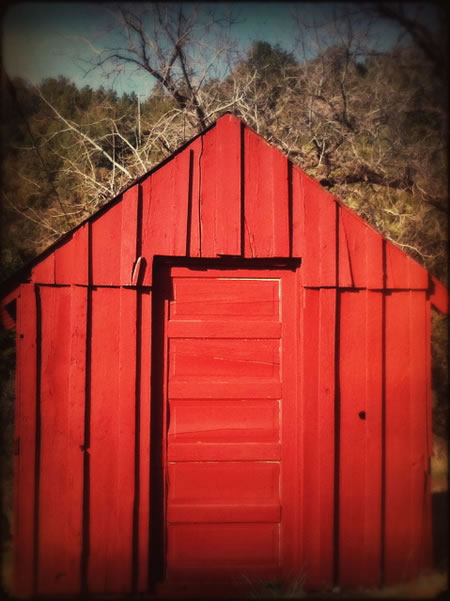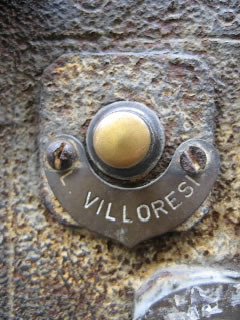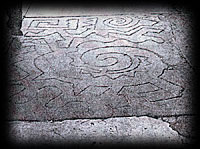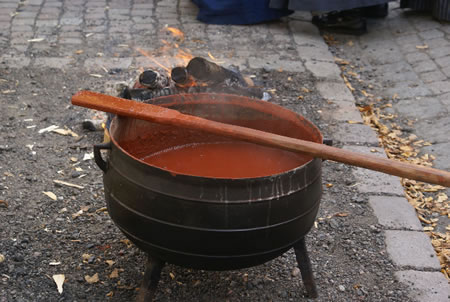
A JOURNEY OF MAKING: SIGNALING THE POINT OF ENTRY
I’ve been working on a string of projects that think about entry — about doorways, about sequences in — ways of finding the outside skin: the way in, then the inside out. Once you’re in, then what is your pathway out?
The question might be — if you’re walking the street, you see a door way — there is a small sign,

there is a door handle, there is a lintel, a foot fall, a patterning on the street — there is something that brings you in.

It is a marking. Something striking and compelling.
Could be, for that matter — color. I’ve commented on color — others: Obama’s yellow. Yves Saint Laurent Blue. And the strategic warmth of his “Opium.” Rainbowed pride.
In Sweden, there is a distinct red that is used in farmhouse buildings. When I was working there, I noticed it. One building, another — and another farm, way off in the distance. It was the same color. I asked around. It took a taxi driver, coming in from the country — back to the city airport, driving me to Stockholm, to figure it out.
What is that red?
In fact, most of the farms use the same color, a nearly mythological mineral red, legendarily being derived from the copper mine at Falun, in Dalarna, Sweden.
This color is six hundred years old — originally designed as a palette that would match the reddish hue of bricks. It fell out of popularity in the 1800s, then returned to the countryside, a strong brick-like palette, in use by poorer farmers and crofters — and there, largely, it has remained. A country color.

Falu rödfärg
The color is mould resistant; and Falu is based on an ingredient mix of water, rye flour, linseed oil and residue from the copper mines of Falun, containing the silicates of iron oxides, copper compounds and zinc. The current composite recipe was finalized in the 1920s.
Looking out, to the long horizon, I see the farms — even here, in the states, the Palouse Plains of eastern Washington, the high country — Arizona and New Mexico — and I see the brick tone. Or the blazing white. Or the deep green.
What I sense is the character of the building, the clustering of huddled structures, that form an enclosure in the encampment — is a kind of protection from the raging winds and heat, burgeoning with the washes of trees, close-in deciduous plantings and rows of lombardy poplars, wind brakes for the fields beyond. In winter, you can see their meaning plainly.
But the barn is especially sacred, a storing place for everything that nourishes and sustains. Grains, hays and grasses, vegetables that are in respite for the next journey. But the doors are everything. The doors to a barn — they wheel open, and the waft of scent comes out, beautiful fragrances of leather and steel — of earth, grain, the dust of hay, cattle and their offings — all, the mix of recollection.
Seeing any barn, I go there. Back to the beginnings, farm, the cult of cultivation. And the scent of that paint, heating in the cricket-chirping rhythm, a mirage of the hot days of summer.
T I M | first written in the high country, Arizona
–––––
GIRVIN | BRANDSTORIES
EXPERIENCE DESIGN | THE STRATEGY OF MEMORY
http://bit.ly/ev7AYx